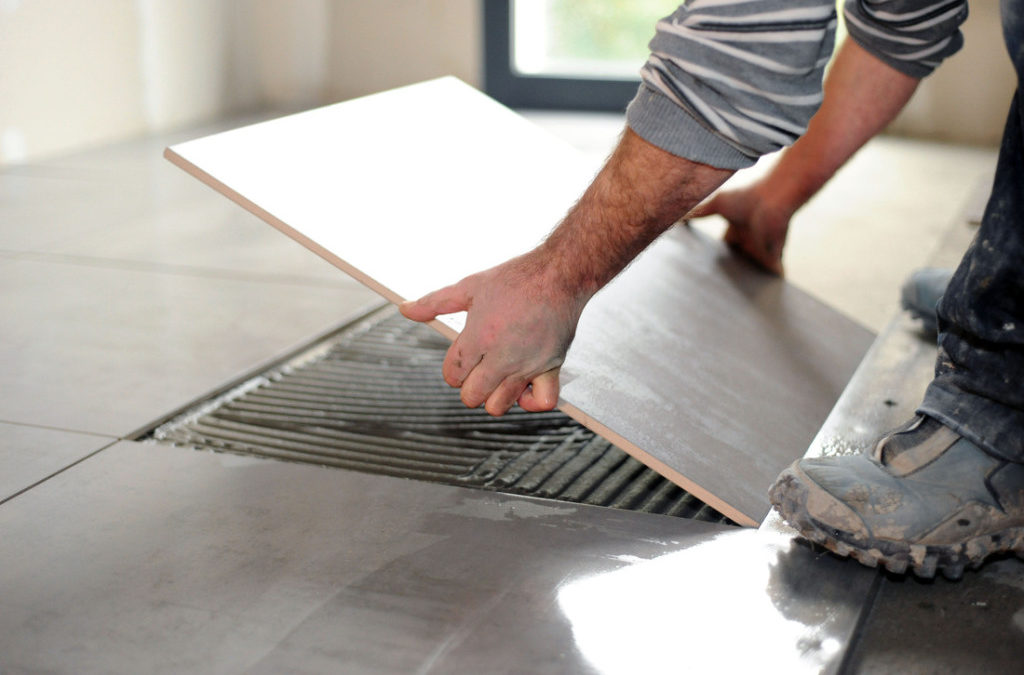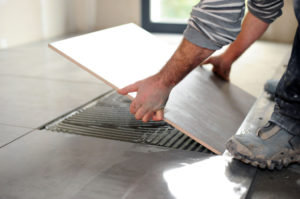Often times in the flooring world, we interchangeably refer to ceramic and porcelain as TILE. They are both in the tile family, come in many shapes and sizes and both offer great choices. However, there are a few major differences and it is important to understand those differences before making your purchase. Here we will point out to their DNA and explain a few terminologies!
When selecting a floor or wall tile for your home or office color, size and cost are usually the main factors. Since labor and setting material costs, given all things equal, are the same in many tile installations, why not pick the better product for your application?
- Ceramic tile is a clay base product, which is usually glazed and then fired in a kiln at over 2000 degrees (there are some unglazed tiles –like Saltillo Mexican clay tiles- which are very porous).
This process gives Ceramic tile its look and makes it harder and resistant to scratching. These tiles are relatively easy to install and are usually less expensive than porcelain. Ceramic tile manufacturers recommend minimum 3/16” grout joints. - Porcelain tile is stronger than ceramic because it’s made of pressed sand material and formed at much higher pressure and heat, which makes them denser and able to resist water better than ceramic. Porcelain tiles are inherently stronger and less prone to cracking than ceramic tiles and are better suited for use indoors and out. The reason why larger format tiles are possible today is due to Porcelain tiles’ stability and higher strength.
- Rectified tile is a precision cut Porcelain tile. Rectified tiles are made slightly bigger than the finished product; the edges are then cut to produce squared uniform size tiles. This process will allow for smaller, more consistent grout joints. With Rectified Porcelain tiles, 1/8” grout joints are possible where substrate allows it.
Both Ceramic and Porcelain tiles provide great looks and ease of maintenance. These few differences, mentioned above, should help to decide which one is best for your project. If you can’t decide which is best, our flooring experts are here to assist you! Our free consultation is a great way for our experts to assess your needs and make recommendations tailored just for you.
Written By:
Tony Merrikh
Wayne Wiles Carpet & Tile
Contact us today for more info:


